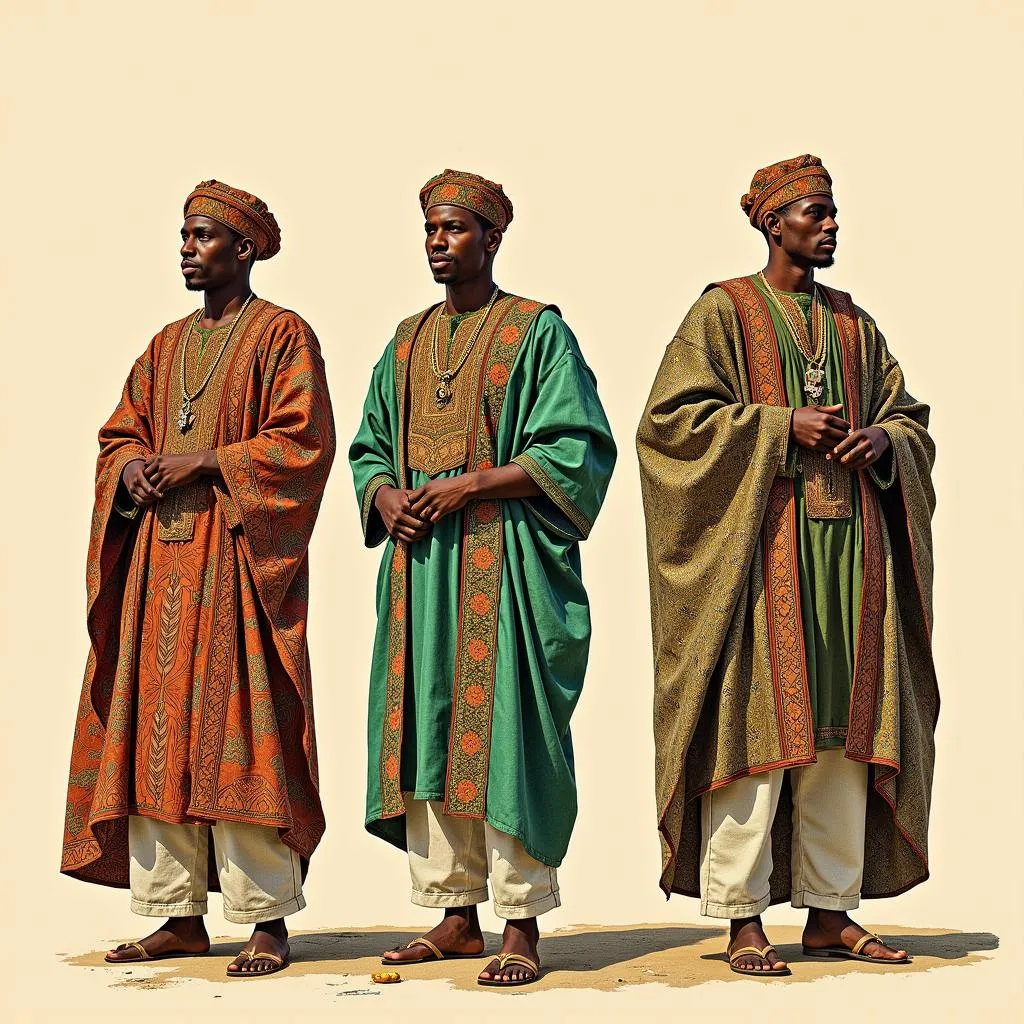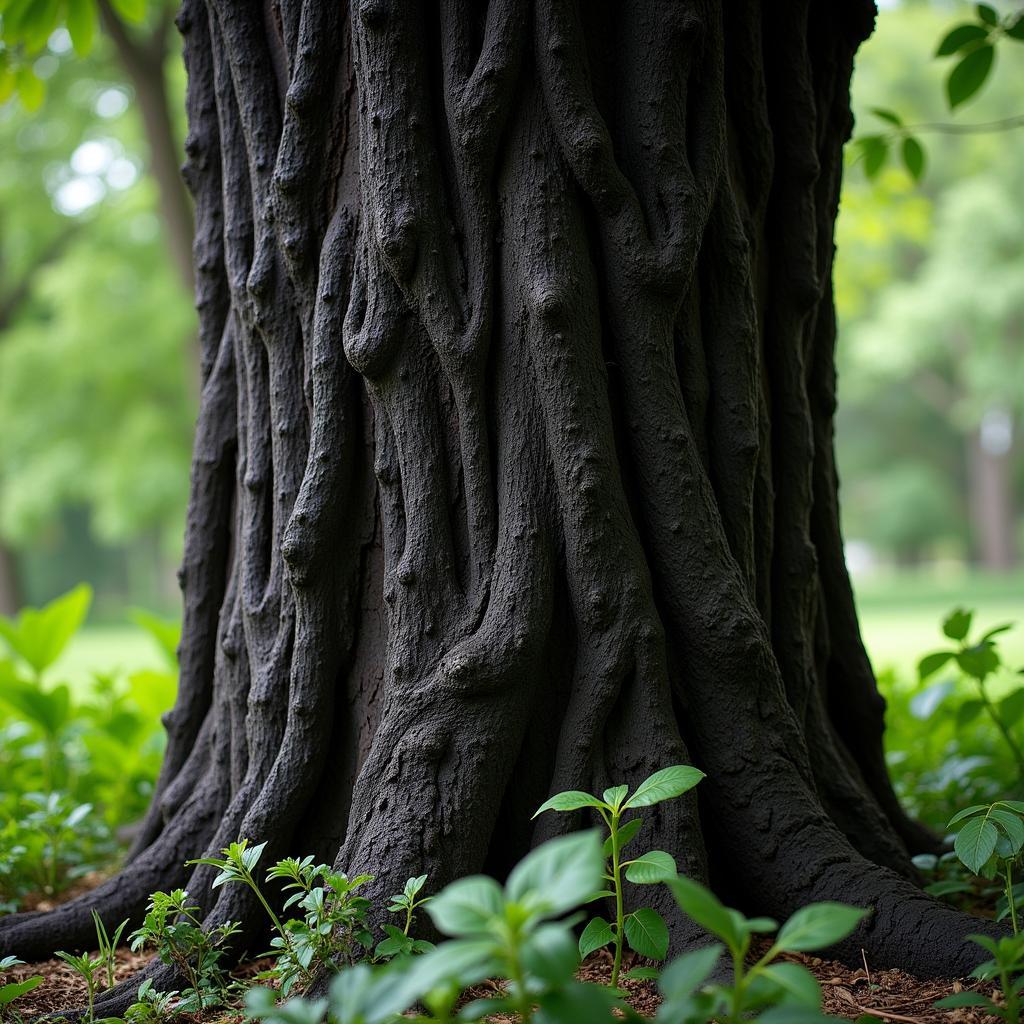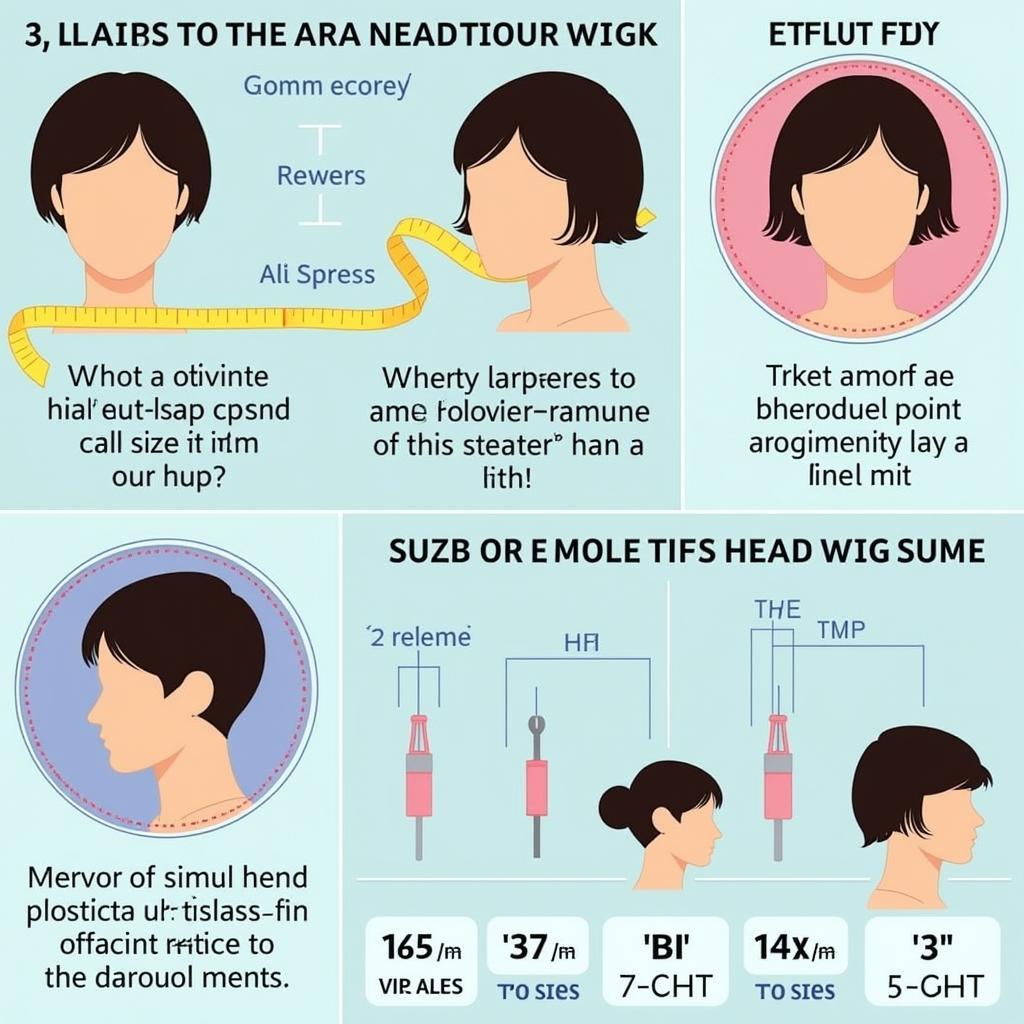Exploring the African Black Mamba: Myths, Facts, and Conservation
The African Black Mamba is one of the most feared snakes in the world, its name conjuring up images of danger and death in the African savanna. But how much of what we believe about this elusive creature is true? This article delves into the fascinating world of the African black mamba, separating fact from fiction and exploring its significance in African ecosystems.
Unmasking the African Black Mamba: Fact vs. Fiction
The African black mamba’s reputation precedes it. Often portrayed as an aggressive monster, the reality is more nuanced. While incredibly venomous and capable of delivering a fatal bite, the black mamba is generally shy and avoids confrontation. Its “black” name isn’t derived from its scales, which are typically olive-brown to grey, but from the inky black inside of its mouth, which it displays when threatened. The black mamba is the fastest snake in Africa, capable of reaching speeds of up to 12.5 miles per hour in short bursts, using this speed to escape danger rather than pursue prey. Its primary diet consists of small mammals, birds, and lizards.
One common misconception is that the black mamba actively hunts humans. This is simply not true. The majority of bites occur when people accidentally stumble upon a mamba or attempt to handle it. African black mamba snake video offers a glimpse into their behavior and habitat. Understanding their nature helps us coexist peacefully.
The Potency of African Black Mamba Venom
The venom of the African black mamba is primarily neurotoxic, affecting the nervous system and causing paralysis. Without prompt treatment, a bite can be fatal. The venom also contains cardiotoxins, which affect the heart. African black mamba venom provides detailed information about the venom’s composition and its effects on the human body. Antivenom is available and highly effective if administered quickly after a bite.
How dangerous is the African Black Mamba’s bite?
The African Black Mamba’s bite is highly dangerous and can be fatal if left untreated. The venom acts rapidly, affecting the nervous system and potentially causing respiratory failure.
The African Black Mamba’s Role in the Ecosystem
Despite its fearsome reputation, the African black mamba plays a crucial role in its ecosystem. As a top predator, it helps control populations of rodents and other small animals, contributing to the delicate balance of the food chain. Understanding its importance helps dispel the negative myths surrounding the snake. African black mamba pictures offer a closer look at this fascinating creature.
Why is the African Black Mamba important to its environment?
The African Black Mamba regulates prey populations, contributing to a healthy and balanced ecosystem. It’s an essential part of the African savanna’s intricate web of life.
Conservation Efforts and the Future of the African Black Mamba
While not currently endangered, habitat loss due to deforestation and human encroachment poses a threat to the African black mamba. Efforts to conserve its habitat are crucial for the long-term survival of this fascinating and important species. African Black Mambazo might share a similar name component, but its focus is on preserving African cultural heritage through music. Learning more about the ecosystem can inspire greater appreciation for its inhabitants. African black mamba video can provide valuable insights into its behaviour and habitat, promoting better understanding and coexistence.
Conclusion: Respecting the African Black Mamba
The African black mamba is a remarkable creature that deserves our respect and understanding. By dispelling the myths and learning more about its crucial role in the African ecosystem, we can appreciate the true nature of this often-misunderstood snake and work towards its continued survival.
FAQ
- What is the average lifespan of an African black mamba? (11 years in the wild)
- What is the primary prey of the African black mamba? (Small mammals, birds, and lizards)
- Is the African black mamba the deadliest snake in the world? (While highly venomous, other snakes have a higher venom toxicity.)
- Where is the African black mamba found? (Savannas, woodlands, and rocky areas of sub-Saharan Africa)
- What should I do if I encounter an African black mamba? (Remain calm, back away slowly, and avoid making sudden movements.)
- How can I contribute to African black mamba conservation? (Support organizations dedicated to habitat preservation and wildlife conservation in Africa.)
- What is the difference between the African black mamba and the green mamba? (Aside from color, green mambas are arboreal, preferring to live in trees.)
Other questions you might have?
- What are the symptoms of an African black mamba bite?
- What are the first aid measures for an African black mamba bite?
- What are the conservation challenges faced by the African black mamba?
For further information, you might want to explore other articles on our website about venomous snakes of Africa and wildlife conservation initiatives.
Need help? Contact us 24/7:
Phone: +255768904061
Email: [email protected]
Address: Mbarali DC Mawindi, Kangaga, Tanzania.


